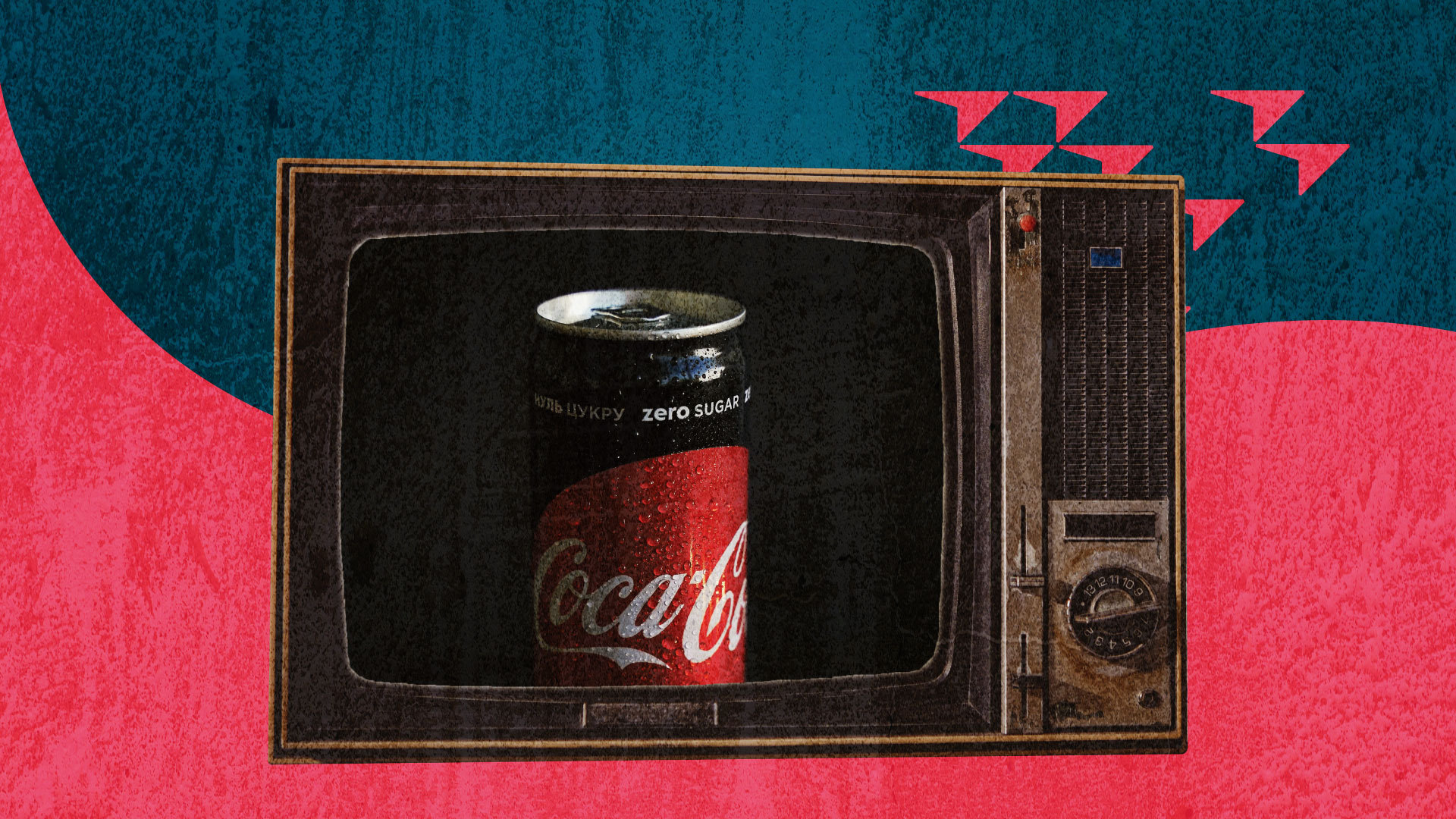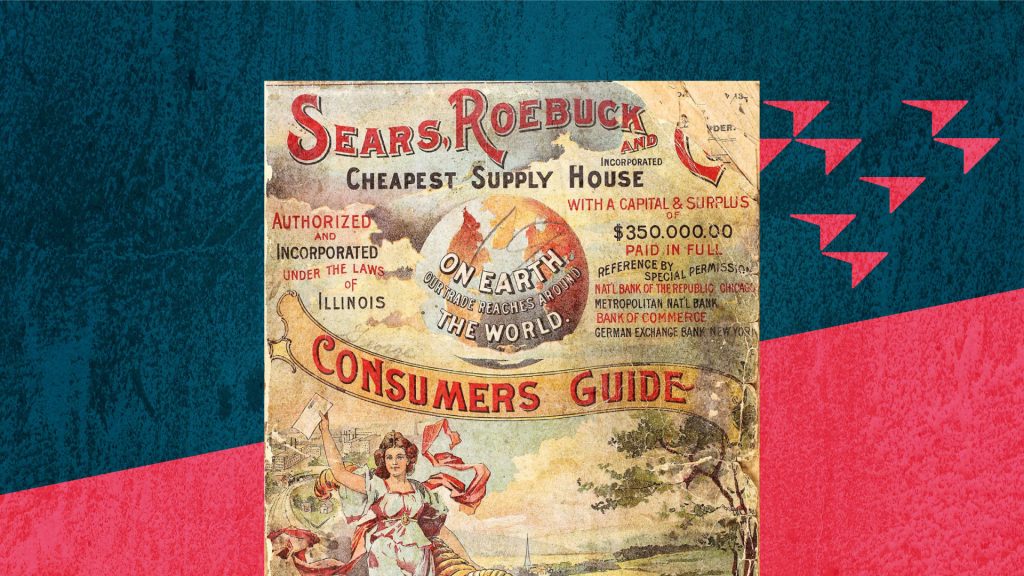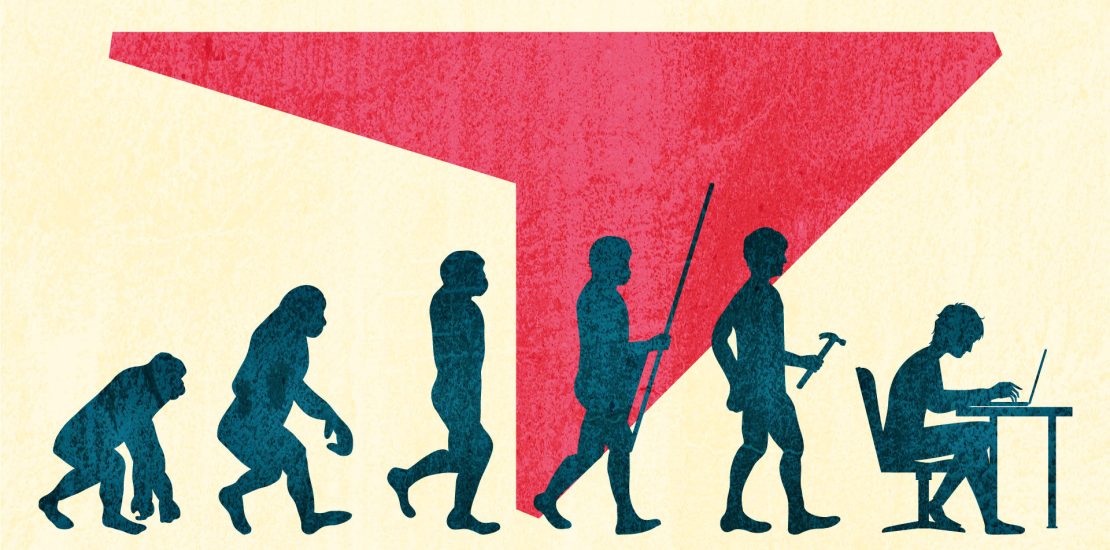It’s important that we all learn from our past mistakes. In the outreach and marketing business, we have a lot of history to comb through to get a feel for what worked, what didn’t, and why since these industries have existed since the dawn of time.
Although we can’t really go that far back, we’ll try to walk you down memory lane and show you how our practices evolved and got more sophisticated. We’ll answer the question of how we got here and what today’s best practices are rooted in.
The Land Before Outreach
We mentioned that outreach has been around forever, but that’s not really the case – not in the traditional sense, at least. Outreach separated from marketing only relatively recently, but before that, the main tenet of any form of advertising was ‘the more people see my brand name, the better.’
Let’s take a look at how people found out about products and services in the olden days…
They Bought Space in Newspapers
The very first ad someone posted in a newspaper was in the US, way back in 1704. By the way, it was just two weeks after the invention of the newspaper! The ad in question was a real estate one, selling a plantation in Long Island. Sure, lots and lots of people saw it since newspapers were already available and affordable to the general public, but how successful was this idea? We guess not a lot since plantations weren’t as available and affordable.
After this revolution, advertising in newspapers and magazines became common practice. Over time, it also got more sophisticated, with, for example, makeup products being sold through fashion magazines, which is one of the first forms of targeting.
They Mailed Pamphlets
About a hundred years later, newspaper marketing wasn’t so new and shiny anymore, and people just weren’t reading the ads anymore. Everyone’s gotten used to them being there, and the strategy was working less and less. It was time for a new revolution.
Sears, Roebuck, & Co., a now famous department store chain in the US, decided to try out a new type of campaign – direct mailing. They mailed out 8.000 postcards promoting their new line of watches, and it worked wonders. They quickly received a whopping 2.000 orders! After that, they continued with this strategy and mailed out entire catalogs, with other companies soon copying the method.

They Broadcasted Themselves
As we said – the point was to get as many people as possible to hear about your company. That’s why it’s actually pretty surprising how long it took from the invention of the radio and TV to the first ads being broadcasted. Radio marketing took off in 1922, and TV waited until 1944, about 20 years each. (Admittedly, they had more important things on their mind back then with the two world wars.)

Interestingly, the first radio commercial was meant to sell apartments in New York, similar to the other real estate we mentioned that was found in the newspapers back in the 18th century. On the other hand, the first ad on TV was for a watchmaker, much like the first promotional material that was ever sent out.
They Took to the Skies
In the 1920s, the trend of getting everyone on earth to check out your company was taken to the next level. A new movement emerged during the interwar era, with blimps and airplanes used to plaster logos all over the sky. Some had names written on them, others trailed a banner, and some companies even paid extra to have planes spell out their names in smoke.
Thankfully, this trend didn’t last too long. Besides the lack of regulations, blimps were generally deemed unsafe pretty quickly. On top of that, the negative environmental impact of these additional aircraft was also stopped before they could cause permanent damage.
But it All Lacked a Personal Touch
Outreach marketing is solidly founded on the idea of achieving a connection with your audience rather than marketing to them. You have to admit, having a real person recommend a product or service to you is WAY more enticing than seeing an ad on Google – no matter how clever the copy is.
In the middle of the twentieth century, this idea grew in many companies, and new strategies started becoming more popular. So what were they?
They Sent Reps to Knock on People’s Doors
In the 1950s and 1960s, a new career path emerged – the door-to-door salesperson. This job was usually about advertising makeup, lingerie, cookware, and other products traditionally deemed ‘for women.’ Primarily, this was because any kind of intrusion in the evening was considered rude, so the salespeople (typically women) had to do their rounds in the mornings. While the men were at work, their wives sat at home and welcomed the huge-bag-carrying reps.
Since the CEOs of these companies knew that they would be hiring women to advertise to other women, the companies who thought this wasn’t really their target audience quickly opted out of this strategy. This idea that brands don’t need to be household names to be successful but rather just need a niche that would actually buy the product to hear about them was one of the first steps towards what we now call targeting in outreach.

They Called Friends, Neighbors, and Strangers
At nearly the same time, in the 1960s, the call center outreach system emerged as well. This was another job that was primarily done by women since it didn’t take up too much time or energy from their existing duties (it was the 60s, you already know how they felt back then…). Still, it was a great way to bring in some extra income. And it worked – it was much more incentivizing to spend money when you’re talking to a real person, especially if the recommendation is coming from someone you know.
At first, the call center agents were tasked with calling up their friends, family members, and neighbors aiming to sell certain products. Eventually, the agents were given those huge phonebooks and asked to dial everyone. A bit later on, in the 80s, the US introduced a way for people to make phone calls across state lines so that numbers could be displayed in ads. This started the trend of inbound call centers.

The 90s, however, brought on several different laws restricting call center activities – auto-dialers were banned, and the time when calls could be made was significantly narrowed down. This did not completely kill the call center, but it did put a nasty dent in its popularity.
What Did We Learn from Our Past?
Throughout this whole journey that outreach took to get to where it is today, one thing has remained constant: personalized messages worked better than generic ones. From the first postcards mailed directly to people to call centers, buyers consider spending their money a lot more when they feel the product is somehow just for them – or if they have a real person to talk to about what they’re selling.
We can conclude that word of mouth has always been the best strategy since people trust other people way more than ads that sometimes blend into the background. This is a fact we at NextPilots draw a lot of inspiration from, creating personalized LinkedIn messages and emails to send to your potential customers. Mix in a modern and sophisticated targeting method, and you have a recipe for success!
Although terms such as lead generation and nurturing leads didn’t even exist until fairly recently, our practice is based on the rich history of marketing and outreach, which is why it works! If you want to have your products or services reliably recommended to others, NextPilots is what you’re looking for!

